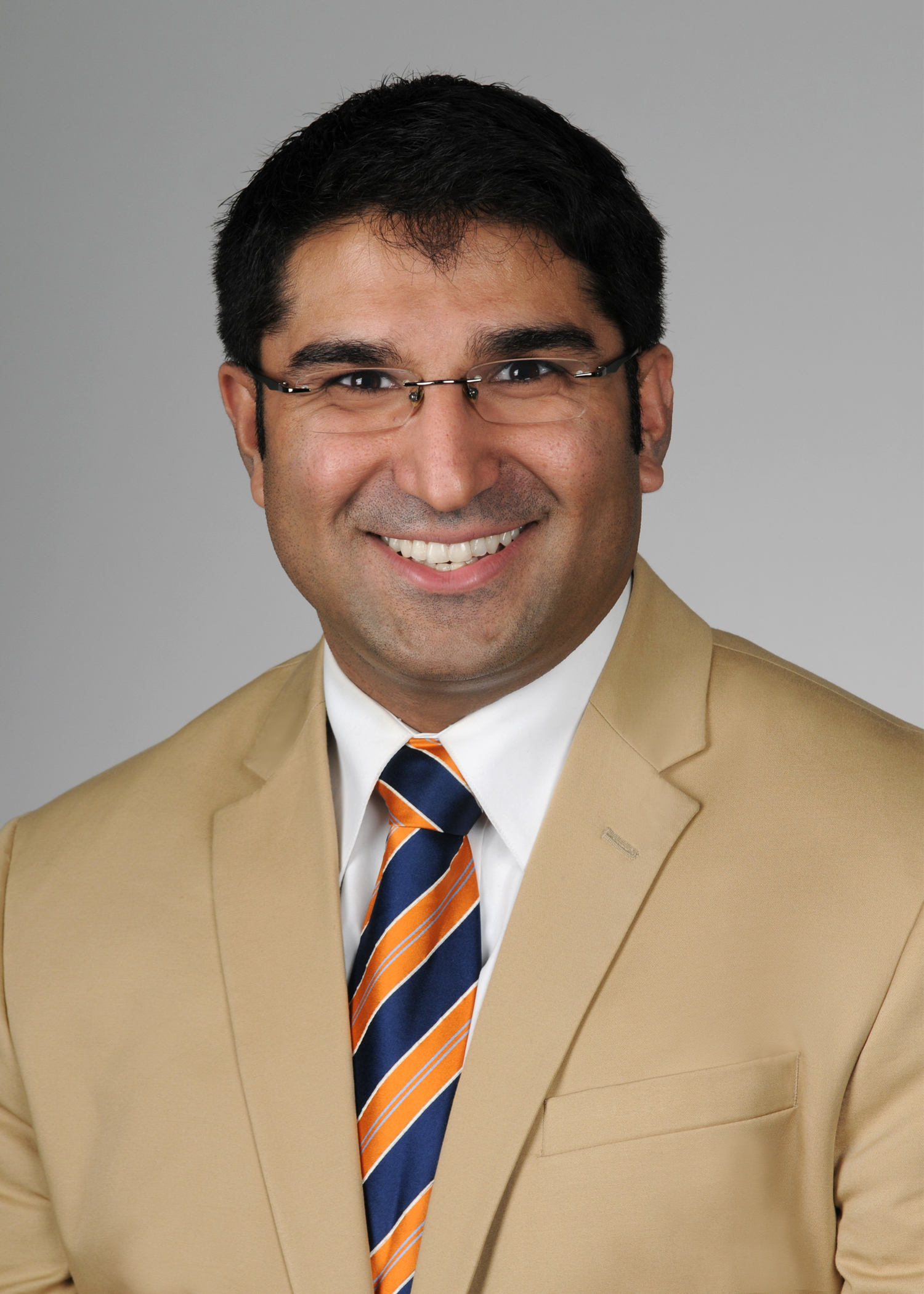
Curriculum Package: Immunobiology and Pharmacology Unit
-
Log In to Enroll
- This certification is available to: and Member. Please log in to enroll.
Immunobiology and Pharmacology Unit
Advanced Search This List
-
Contains 6 Component(s), Includes Credits
Allan Kirk, MD
Author: Allan Kirk, MD
Learning Objectives
1. Describe Basic Immunology – adaptive or specific immunity
2. Describe the relationship between antigen presenting cells and cytokines released by cells of the innate immune response
3. Describe the types of antigen presenting cells and the changes that occur following exposure to antigen
4. List the subsets of T cells and describe their function
5. Describe the distribution of MHC Class I and Class I molecules on immune cells and commonly transplanted organs
6. Describe the function of MHC Class I and Class II antigens
7. Define the first, second, and third signals involved in the initiation of an effective antigen specific response
-
Contains 6 Component(s), Includes Credits
Allan Kirk, MD
Author: Allan Kirk, MD
Learning Objectives
1. Definition of acute and chronic allograft rejection
2. Cellular effector mechanisms of rejection
3. Variables influencing alloreactivity
4. Acellular effector mechanisms of rejection
5. Variables influencing alloantibody reactivity
6. Overview of complement activation
7. Mediators of intracellular communication
8. Co-stimulator molecules
-
Contains 5 Component(s), Includes Credits
Adriana Zeevi, MD
Author: Adriana Zeevi, MD
Learning Objectives:
1. Describe the structural and functional differences between Class I and Class II MHC complexes
2. Describe the methodologies of HLA antibody detection
-
Contains 5 Component(s), Includes Credits
Adriana Zeevi, MD
Author: Adriana Zeevi, MD
1. Describe a virtual crossmatch and its role in determining acceptable donors.
2. Understand the different types and timing of antibody mediated rejection.
3. Understand the clinical application of the presence of donor specific antibodies (DSA) in sensitized patients.
-
Contains 5 Component(s), Includes Credits
Sang-Mo Kang, MD
Author: Sang-Mo Kang, MD
Learning Objectives:
1. Define basic transplant immunology terminology
2. Describe how alloantigens are presented and recognized by the host immune system
3. Describe the host immune response to alloantigens
-
Contains 5 Component(s), Includes Credits
Satish Nadig, MD, PhD
Author: Satish Nadig, MD, PhD
Learning Objectives
1. What is tolerance?
2. Types of tolerance
3. Review central and peripheral tolerance
4. Overview of T cell activation and cellular targets to achieve tolerance
5. Review the possible Mechanisms to achieve tolerance
6. Summary of strategies to achieve tolerance and future directions

-
Contains 5 Component(s), Includes Credits
Michael Mengel, MD
Author: Michael Mengel, MD
Learning Objectives
1. To review the pathomechanisms of acute and chronic kidney allograft injury
2. To understand the Banff classification system for diagnosing acute and chronic kidney allograft injury
3. To highlight the limitations of the current Banff classification system
4. To discuss future developments to increase diagnostics precision in acute and chronic kidney allograft injury
-
Contains 5 Component(s), Includes Credits
Cinthia Drachenberg, MD
Author: Cinthia Drachenberg, MD
Learning Objectives
1. Describe the normal histology of pancreas and histologic targets of acute T cell rejection
2. Describe the stages of T cell rejection
3. Describe the findings in chronic rejection
4. Describe the histologic targets, diagnostic criteria and stages of antibody mediated rejection
-
Contains 5 Component(s), Includes Credits
Oya M. Andacoglu, MD
1. Understand the general classes/groups of agents and mechanism of action
2. Appreciate the concern, possible mechanism and unintended side effects
3. Identify CNI minimization and CNI free protocols as viable alternatives with focus updated data on benefits and risk compared to CNI based immunosuppression

-
Contains 6 Component(s), Includes Credits
Allan Kirk, MD
Author: Allan Kirk, MD
Learning Objectives
1. Describe Basic Immunology – adaptive or specific immunity
2. Describe the relationship between antigen presenting cells and cytokines released by cells of the innate immune response
3. Describe the types of antigen presenting cells and the changes that occur following exposure to antigen
4. List the subsets of T cells and describe their function
5. Describe the distribution of MHC Class I and Class I molecules on immune cells and commonly transplanted organs
6. Describe the function of MHC Class I and Class II antigens
7. Define the first, second, and third signals involved in the initiation of an effective antigen specific response -
Contains 6 Component(s), Includes Credits
Allan Kirk, MD
Author: Allan Kirk, MD
Learning Objectives
1. Definition of acute and chronic allograft rejection
2. Cellular effector mechanisms of rejection
3. Variables influencing alloreactivity
4. Acellular effector mechanisms of rejection
5. Variables influencing alloantibody reactivity
6. Overview of complement activation
7. Mediators of intracellular communication
8. Co-stimulator molecules -
Contains 5 Component(s), Includes Credits
Adriana Zeevi, MD
Author: Adriana Zeevi, MD
Learning Objectives:
1. Describe the structural and functional differences between Class I and Class II MHC complexes
2. Describe the methodologies of HLA antibody detection -
Contains 5 Component(s), Includes Credits
Adriana Zeevi, MD
Author: Adriana Zeevi, MD
1. Describe a virtual crossmatch and its role in determining acceptable donors.
2. Understand the different types and timing of antibody mediated rejection.
3. Understand the clinical application of the presence of donor specific antibodies (DSA) in sensitized patients. -
Contains 5 Component(s), Includes Credits
Sang-Mo Kang, MD
Author: Sang-Mo Kang, MD
Learning Objectives:
1. Define basic transplant immunology terminology
2. Describe how alloantigens are presented and recognized by the host immune system
3. Describe the host immune response to alloantigens -
Contains 5 Component(s), Includes Credits
Satish Nadig, MD, PhD
Author: Satish Nadig, MD, PhD
Learning Objectives
1. What is tolerance?
2. Types of tolerance
3. Review central and peripheral tolerance
4. Overview of T cell activation and cellular targets to achieve tolerance
5. Review the possible Mechanisms to achieve tolerance
6. Summary of strategies to achieve tolerance and future directions
-
Contains 5 Component(s), Includes Credits
Michael Mengel, MD
Author: Michael Mengel, MD
Learning Objectives
1. To review the pathomechanisms of acute and chronic kidney allograft injury
2. To understand the Banff classification system for diagnosing acute and chronic kidney allograft injury
3. To highlight the limitations of the current Banff classification system
4. To discuss future developments to increase diagnostics precision in acute and chronic kidney allograft injury
-
Contains 5 Component(s), Includes Credits
Cinthia Drachenberg, MD
Author: Cinthia Drachenberg, MD
Learning Objectives
1. Describe the normal histology of pancreas and histologic targets of acute T cell rejection
2. Describe the stages of T cell rejection
3. Describe the findings in chronic rejection
4. Describe the histologic targets, diagnostic criteria and stages of antibody mediated rejection -
Contains 5 Component(s), Includes Credits
Oya M. Andacoglu, MD
1. Understand the general classes/groups of agents and mechanism of action
2. Appreciate the concern, possible mechanism and unintended side effects
3. Identify CNI minimization and CNI free protocols as viable alternatives with focus updated data on benefits and risk compared to CNI based immunosuppression